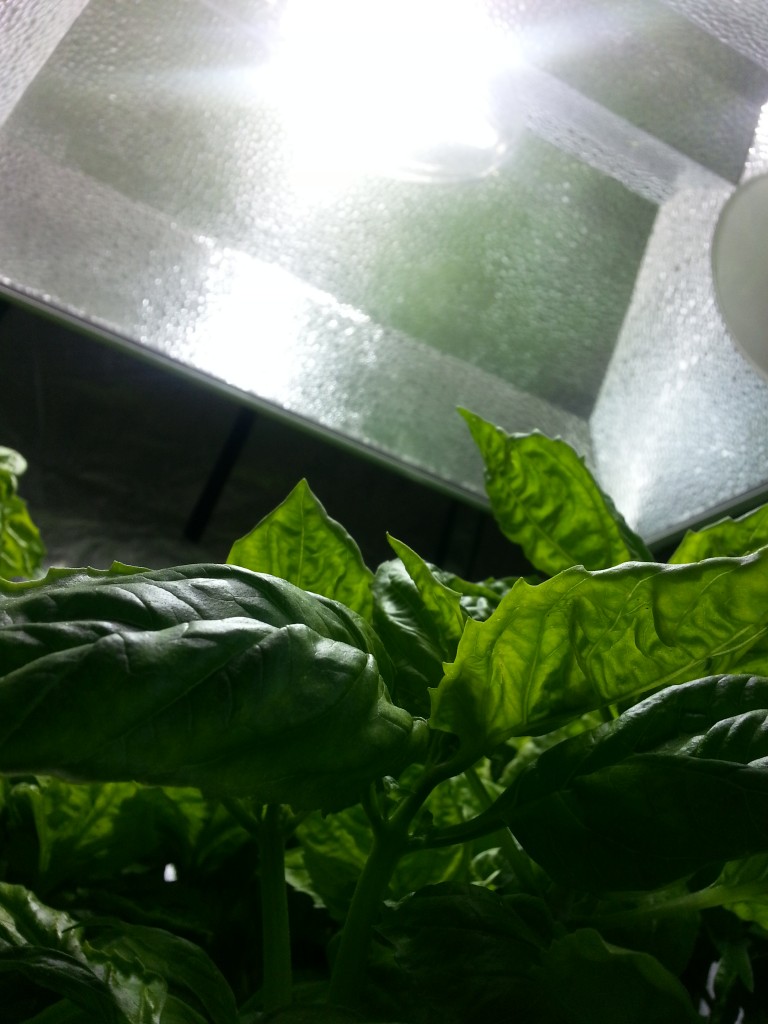Most gardeners know lumens to be the “measure of the total ‘amount’ of visible light emitted by a source.” What they often do not know is that this “visible light” only refers to light that is visible to the human eye with no regard to the distribution of that light energy over the spectrum. Why does this matter? Imagine three lamps: let these lamps be red, blue, and green, and let each emit the same number of watts of optical energy. On a lumen scale, the red and blue lamps would have a much lower rating than the green lamp simply because human visual response is very low at red and blue and highest in green.
Interestingly, plants use almost the same part of the spectrum that is visible to the human eye; however the wavelengths humans perceive to be the brightest (i.e. green light) are not the most efficient wavelengths for photosynthesis.
This brings us to Photosynthetic Active Radiation (PAR). Note, PAR is not a measurement, but simply defines the type of light which plants require to support photosynthesis. In other words, PAR designates a spectral range of particular wavelengths between 400 and 700 nm that are photosynthetically useful to plants. PAR is now the basis for the three most important light measurements for plants:
- How much light a source produces – This refers to the Photosynthetic Photon Flux (PPF) which measures the total amount of plant-usable light (PAR) produced by the light source each second. (More specifically, how many micromoles are emitted per second)
- How much of that light is available to the plants – In other words, how many of those above mentioned photons actually hit the plant? This is the Photosynthetic Photon Flux Density (PFFD) and it is a measurement of the total PAR photons that reach the target each second. (More specifically, how many micromoles per square meter per second).
- How much useful light the plant receives during the photoperiod – This refers to Day Light Integral (DLI) which is a measurement of the total amount of useful light that reaches the target during the daily photoperiod (time the light is on). Restricted to particular set light cycles and unable to take spectrometer readings, this is a measurement that is not concrete enough to be useful for the majority of gardeners.
 Now that it is understood that it is PAR, not lumens, that are more useful to plants, and even more than PAR the measurements of PPF and PPFD, there is one last thing to note:
Now that it is understood that it is PAR, not lumens, that are more useful to plants, and even more than PAR the measurements of PPF and PPFD, there is one last thing to note:
PAR and the measurements derived from it do not specify which wavelengths are being measured. A light may have the “perfect” red light spectrum for photosynthesis, and thus high PAR, PPF, and PPFD values, however red light is not the only thing a plant can healthily live on. This means that when comparing light sources, all of the above and spectral distribution data must be considered.
Stay tuned for an upcoming article on photosynthetically important wavelength spectrums and their affects on plant development!


Leave a Reply